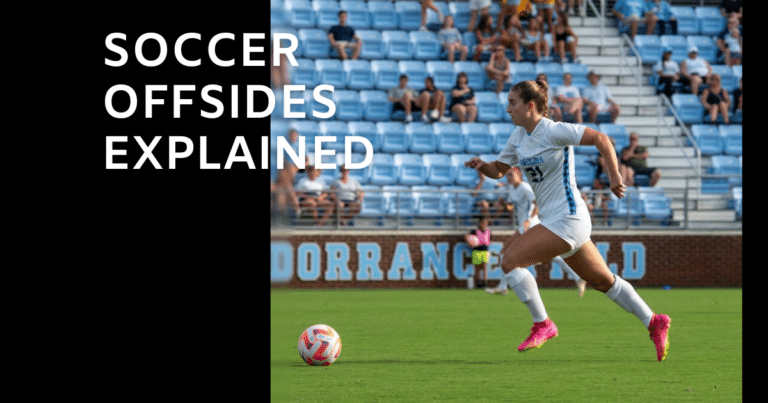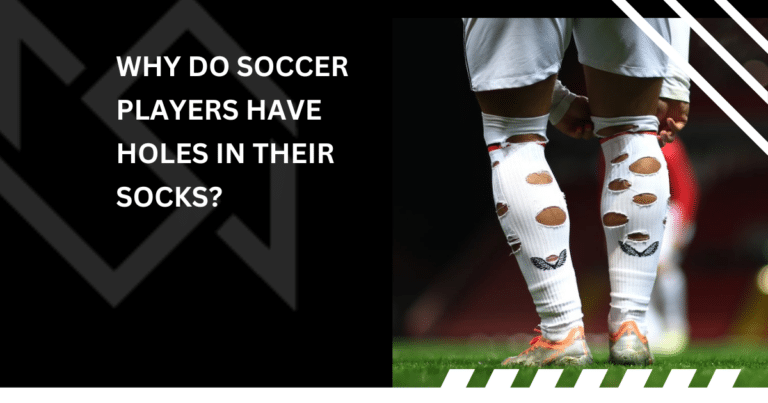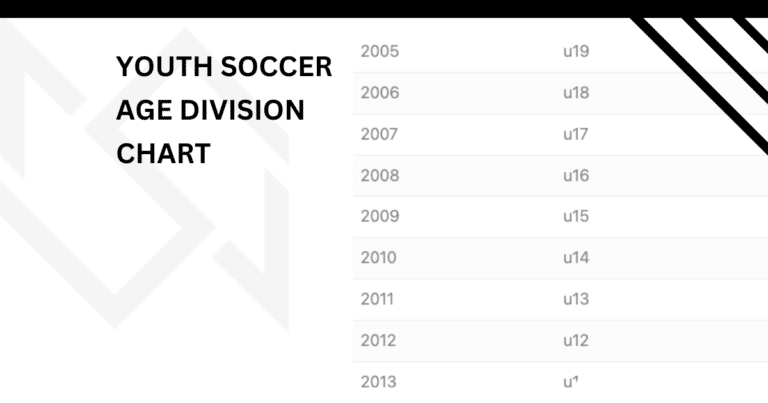What Does Flank Mean in Soccer?
Flank is a term used in soccer to describe the area of the field that is located on either side of the pitch, just beyond the touchline. Most Americans call this part of the field, “the sidelines”.
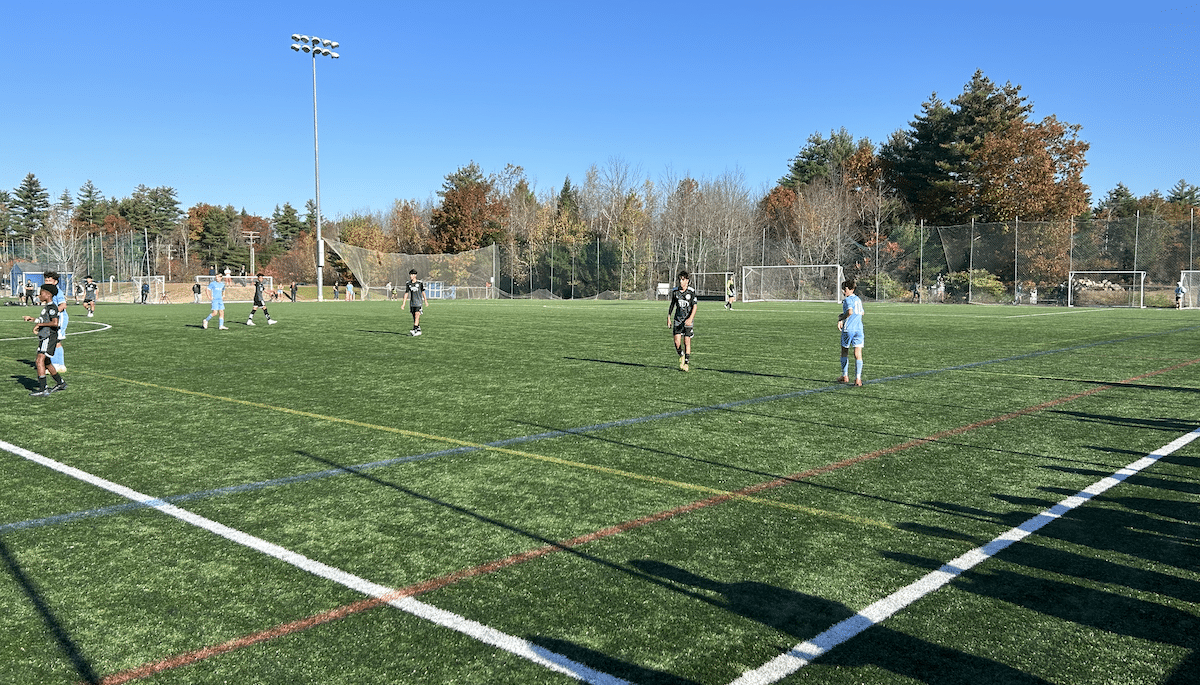
This is the area where most wingers operate. Wingers are responsible for moving the ball up and down the flank, and crossing the ball into the penalty area for their teammates to score. Or, cutting in to score themselves if there’s an opportunity to do so.
Also, the flank is used by fullbacks, who are responsible for defending against opposing left and right wings and preventing them from advancing the ball toward the goal.
Obviously, the flank is an important (but sometimes underutilized) area of the field that players use to create scoring chances and defend.
Where is Flank on a Soccer Field?
The flank in soccer is the area on either side of the field, just beyond the touchline. Here is a graphic of the area…
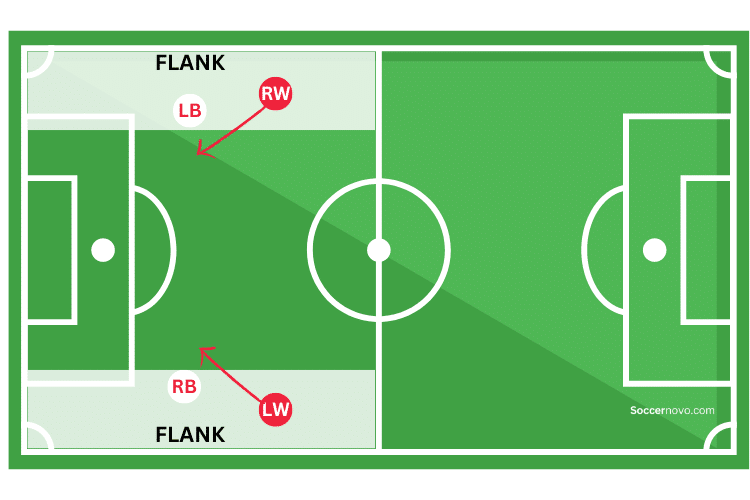
In soccer, the flank is divided into two parts, the attacking flank, and the defensive flank.
- The attacking flank is the area where the team with the ball is trying to create scoring opportunities.
- The defensive flank is the area where (you guessed it) the team without the ball is trying to prevent the other team from creating scoring opportunities.
I hope that helps clear any misunderstanding about the different terms.




